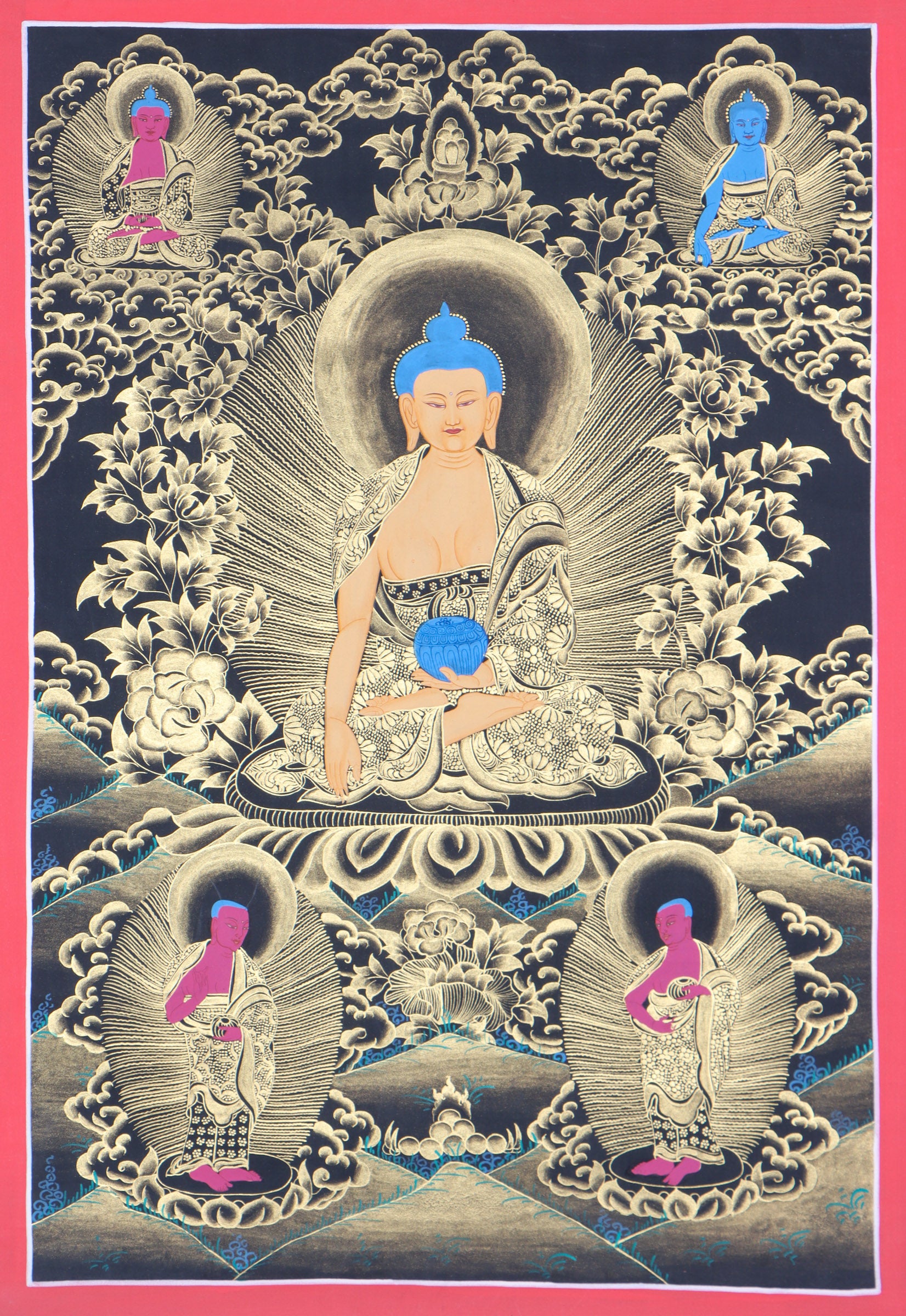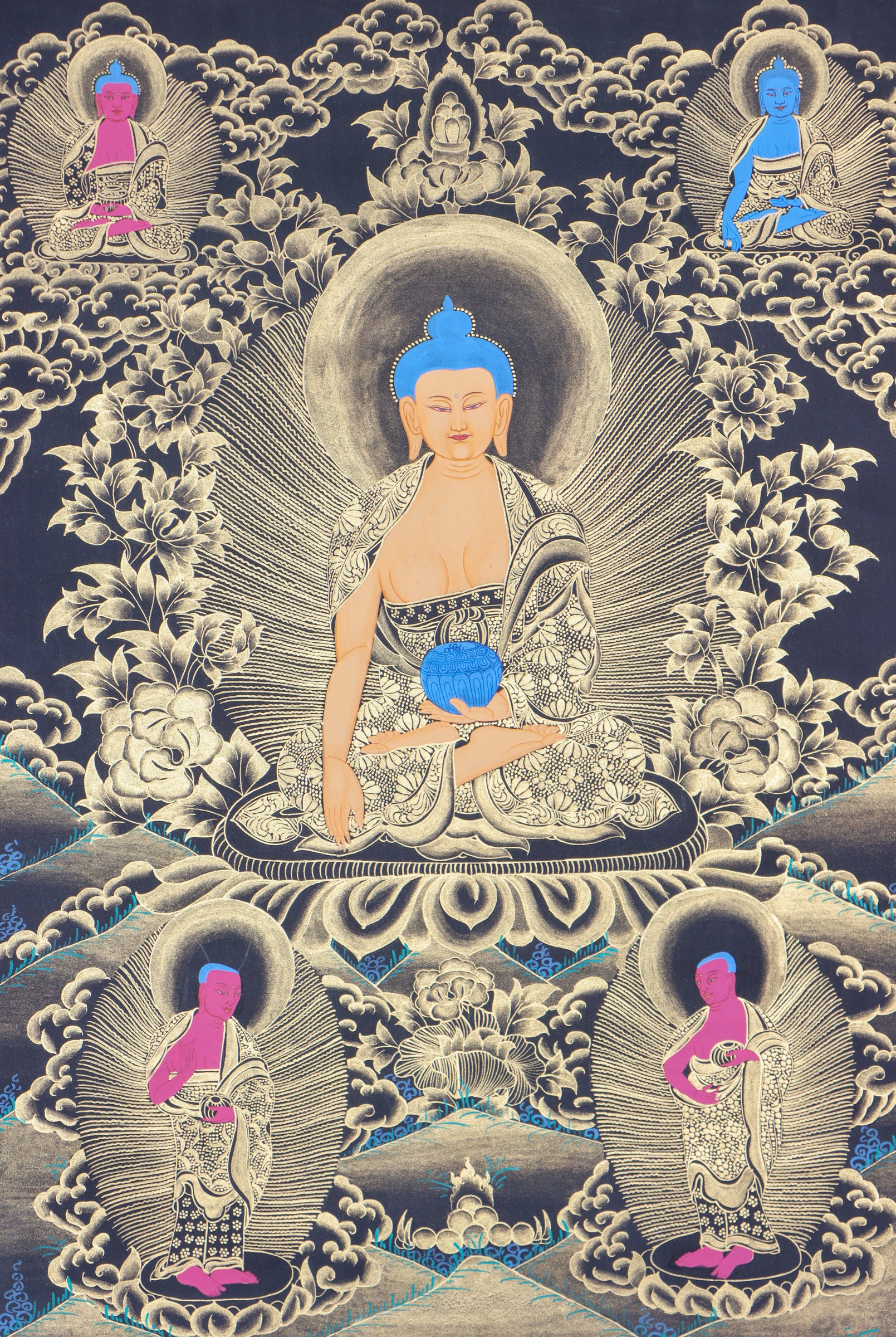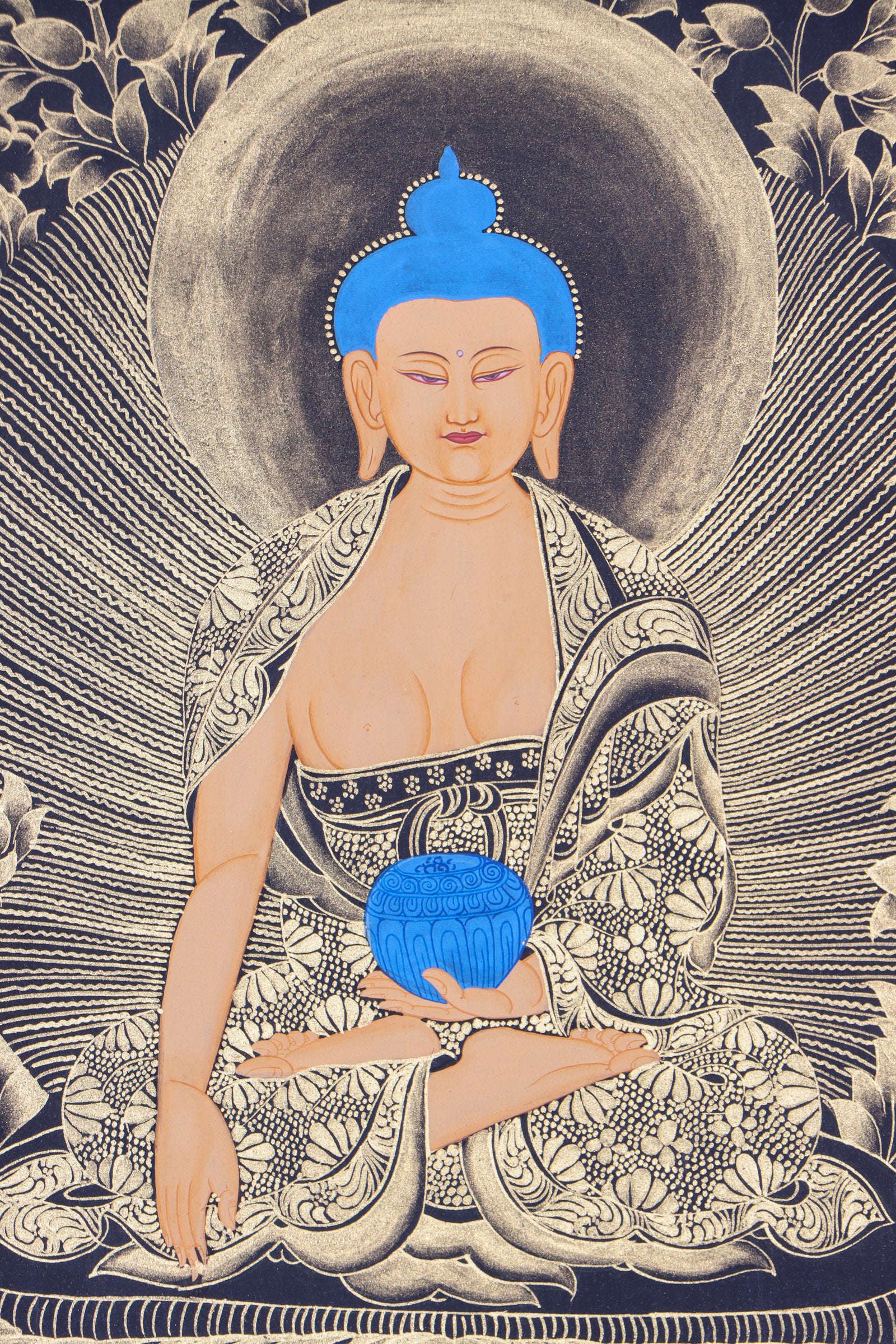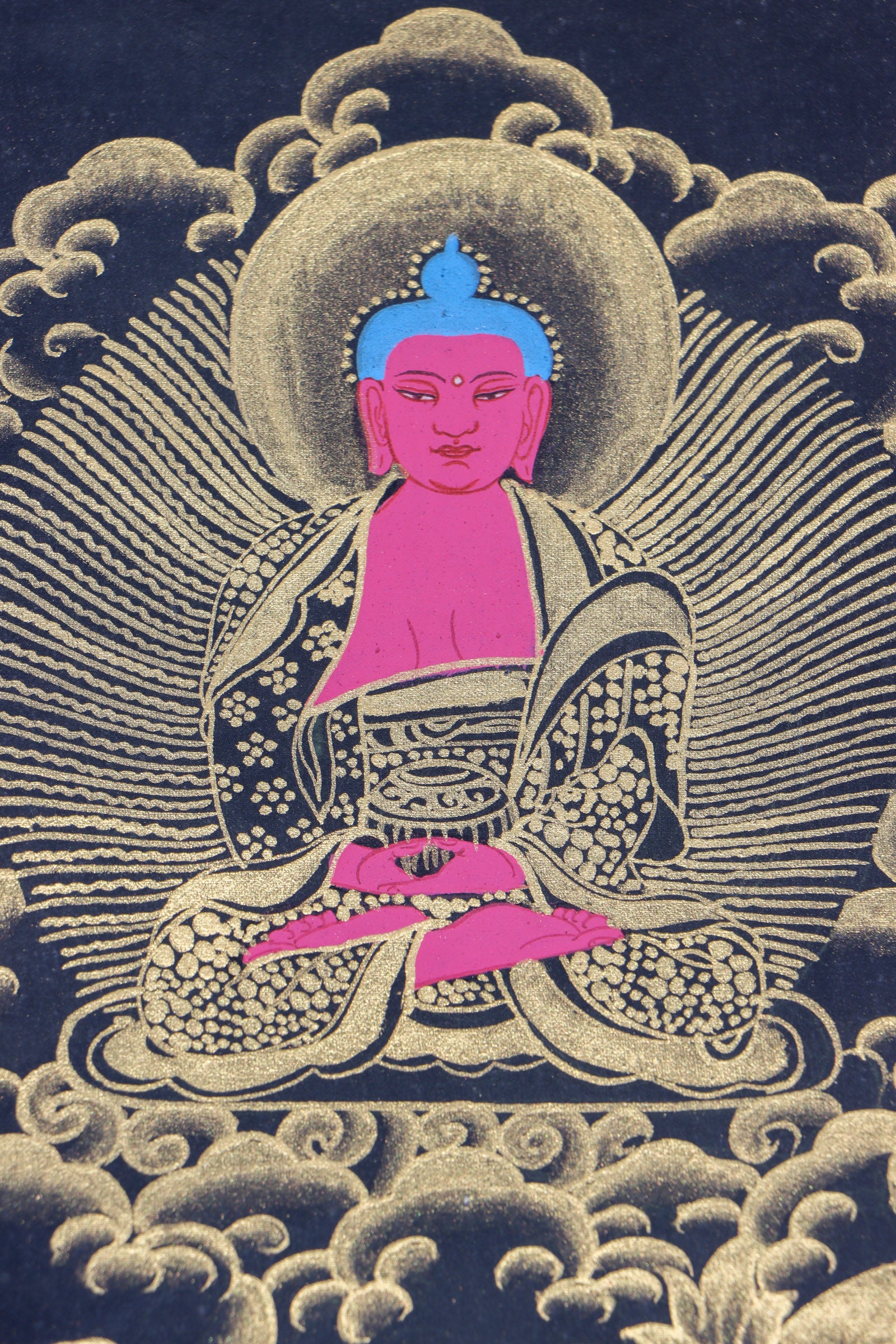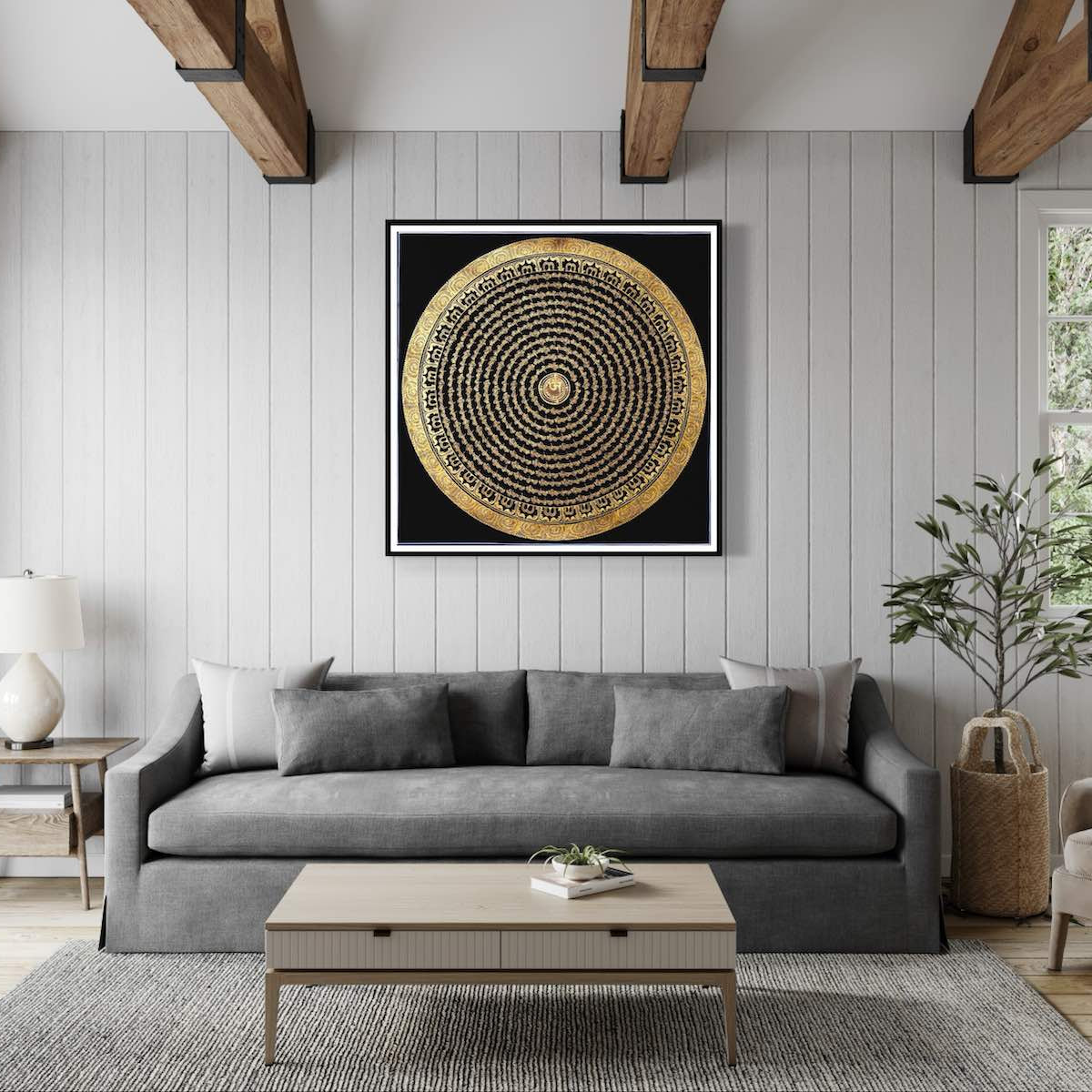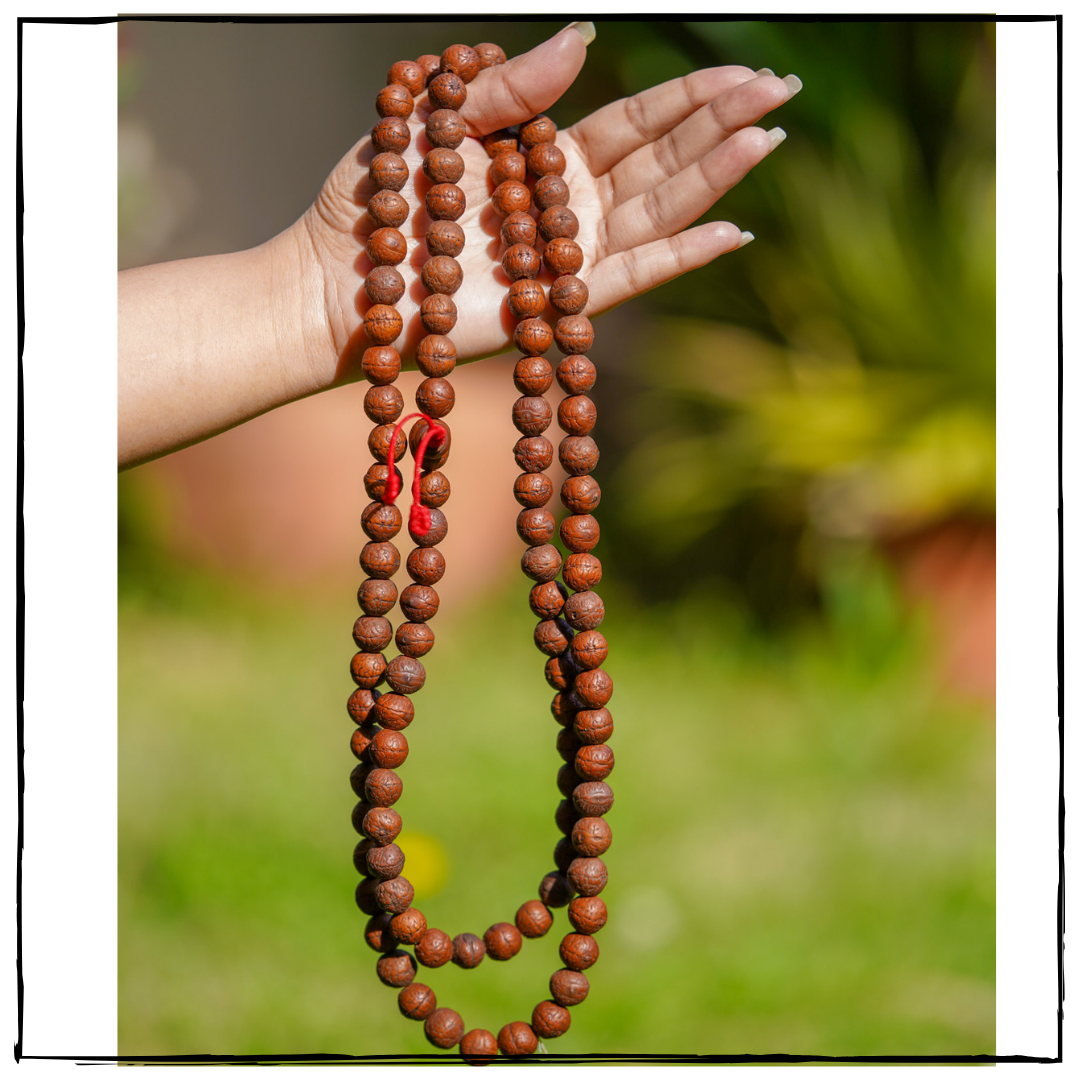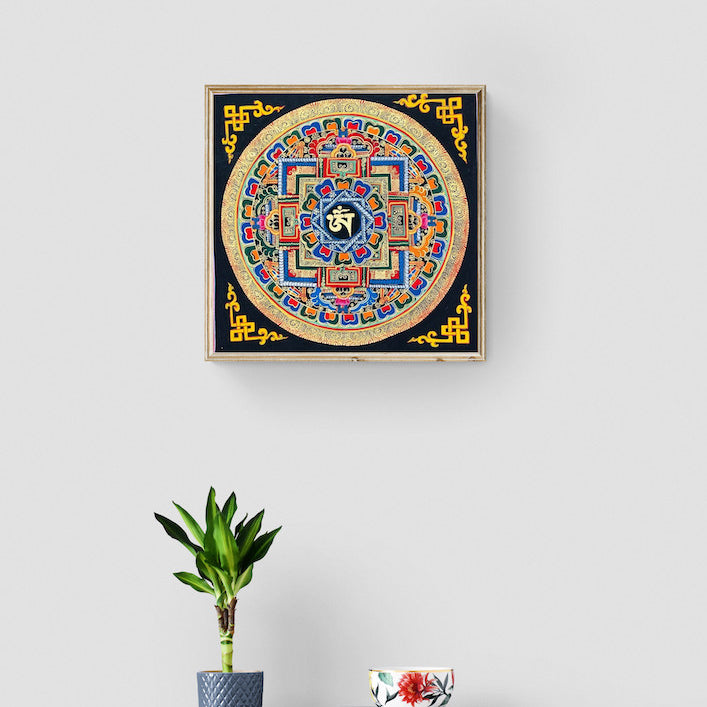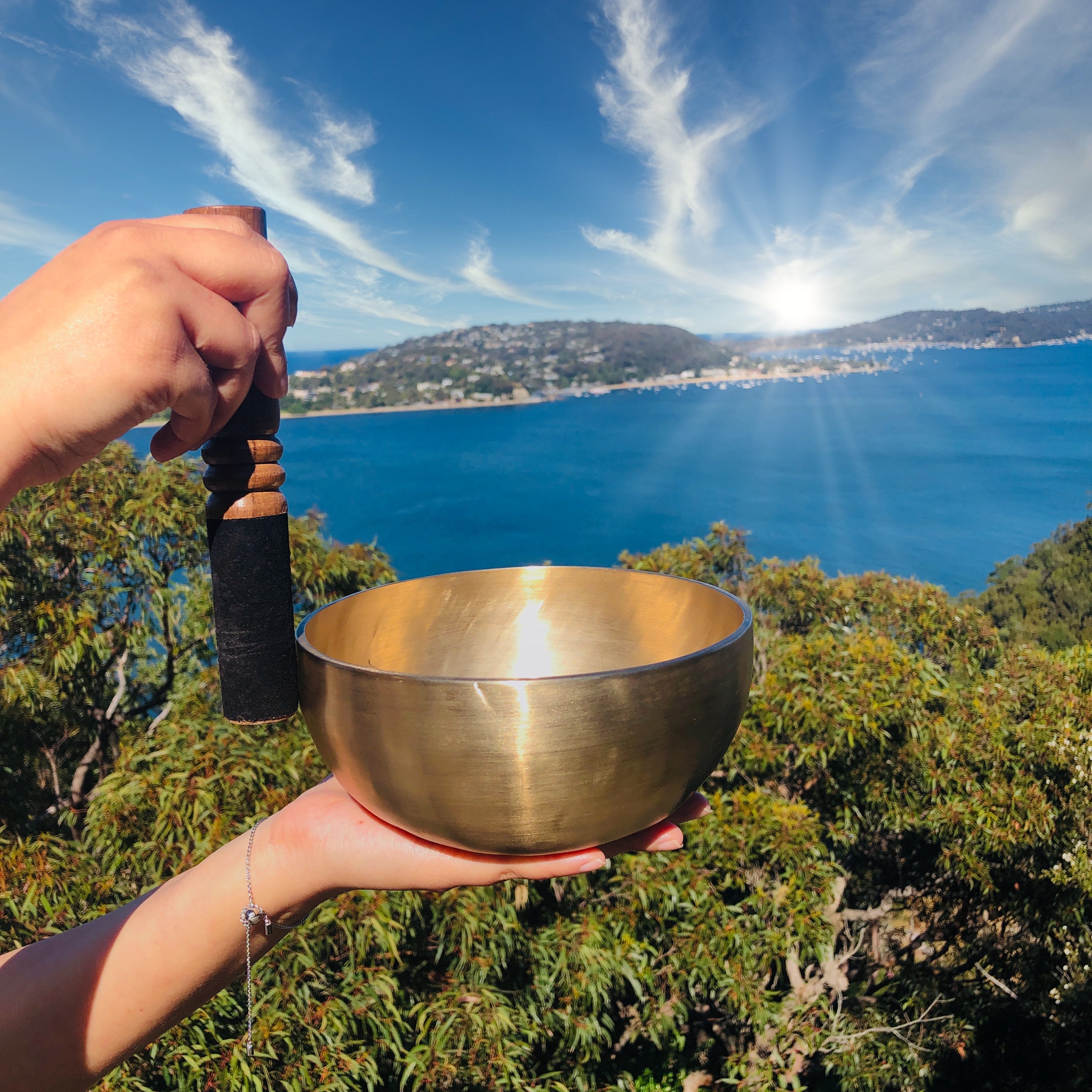Shakyamuni Buddha Thangka Painting
Couldn't load pickup availability
Description
A Shakyamuni Buddha Thangka Painting is a renowned Tibetan art form depicting the Historical Buddha, Siddhartha Gautama, also known as Shakyamuni. This elaborated paintings are used for meditation and prayer in the Tibetan Buddhist culture. This venerated painting is a timeless way to celebrate the Buddha's teachings, offering wisdom and insight for many generations.
This intricately-rendered Thangka painting showcases the seated figure of Shakyamuni Buddha in the "Dharmachakra Mudra" position, calling to mind his enlightenment and the teachings it inspired. The Buddha's hands are depicted with remarkable accuracy in two distinct postures, each one symbolic of a different quality from his teachings. This Shakyamuni Buddha Thangkas features surrounding deities, Bodhisattvas, and other Buddhist symbols.
Shakyamuni Buddha Thangka Paintings are much more than mere decor. Viewed as sacred, they are used for spiritual purposes and contemplation. Tibetan Buddhist culture considers them symbols of reverence, due to their striking beauty and powerful symbolism. This painting are commonly featured in Buddhist temples, monasteries and homes, imparting a tranquil atmosphere that is perfect for meditation and reflective activities.
Product Specification:
- Hand Painted
- Materials: Semi-Precious Natural Minerals
- Base: Cotton Canvas
- Origination: Nepal

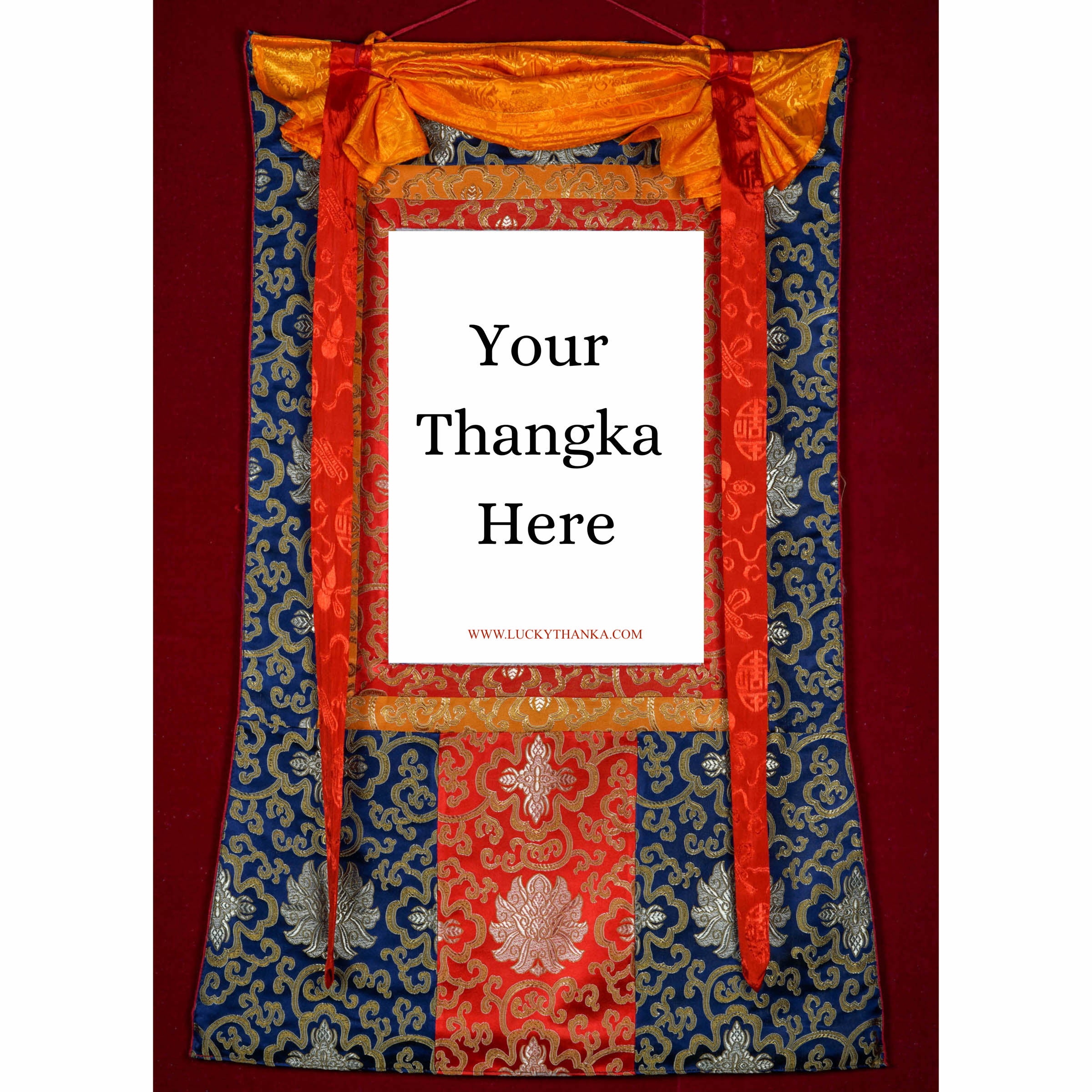
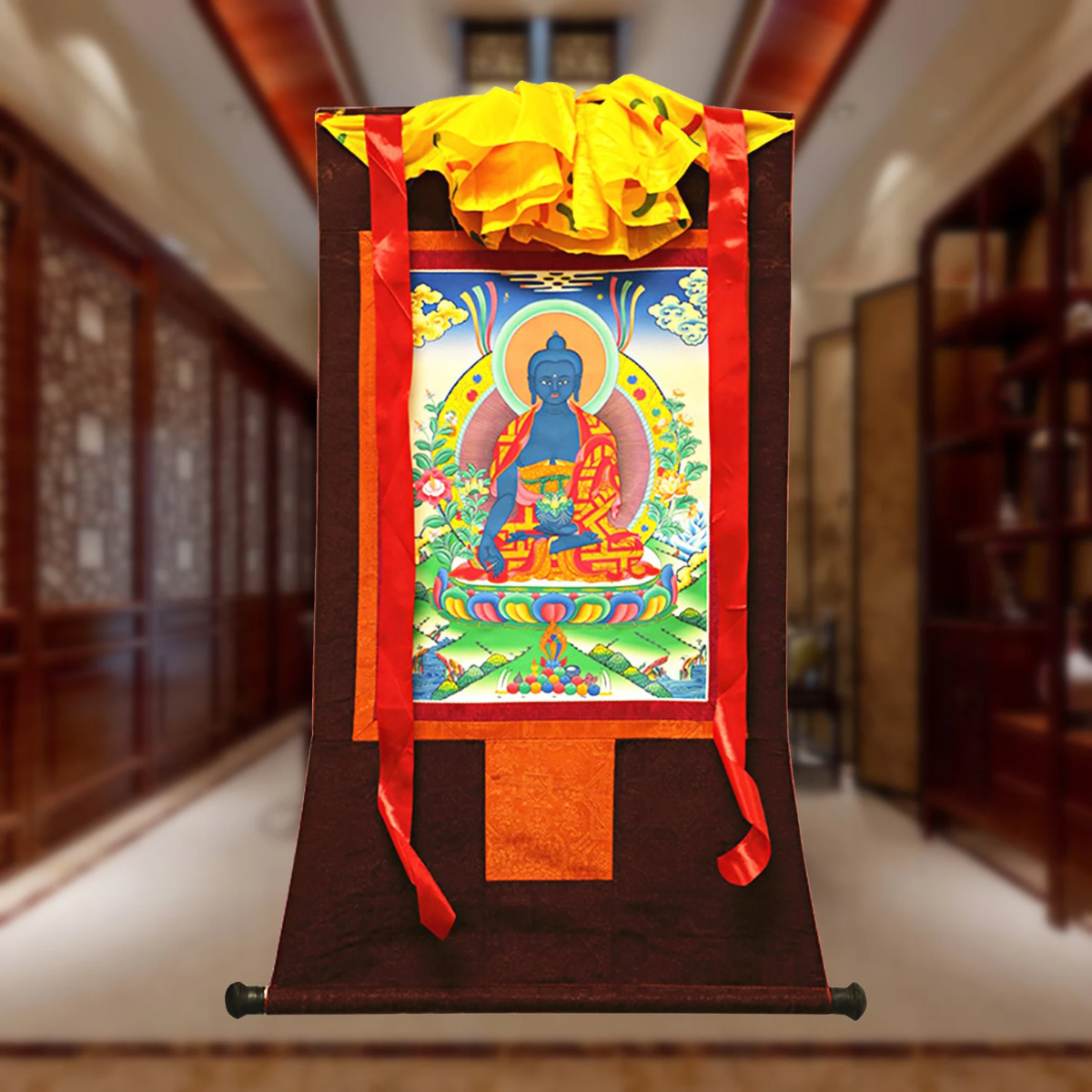
Hand Embroidery Brocade
Want to add a Brocade to your beautiful Thangka Painting? Traditional Style Brocade has been one of the most popular form of mounting as it has a greater religious merit.
Note: Make sure you have added the Thangka to your cart first.
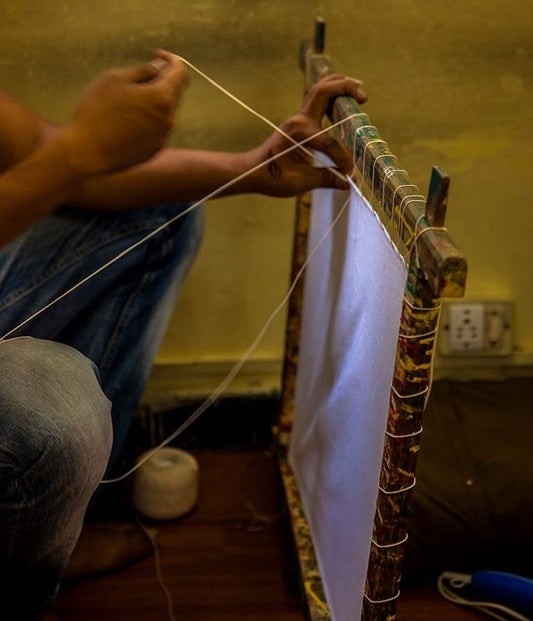
100% Cotton Canvas
Preparing the Cotton canvas before starting to paint a Thangka. This process includes washing, drying, stretching, sizing and everything needed to make a perfect base for the thangka to last for centuries.
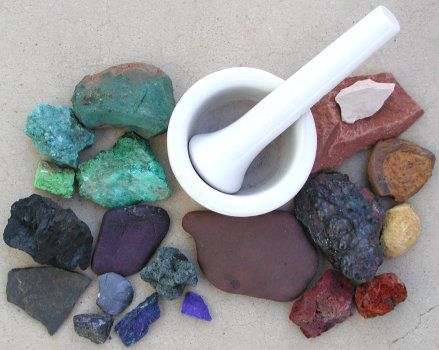
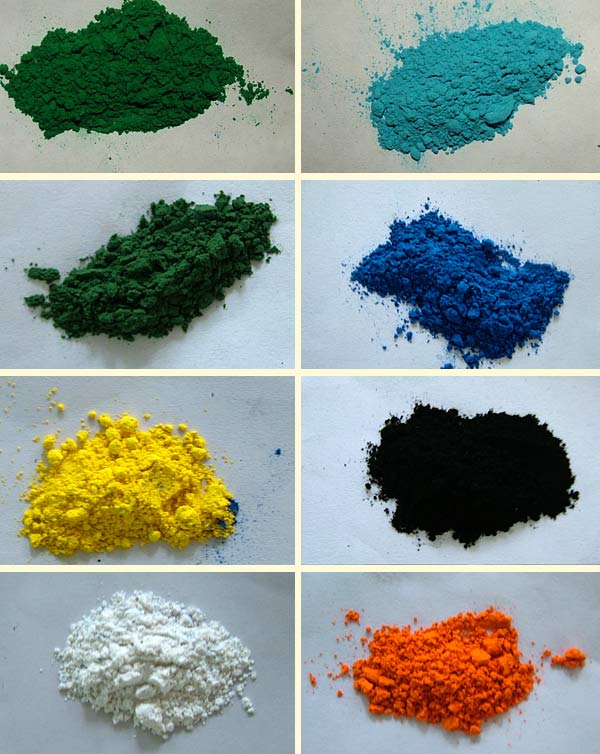
Natural Minerals
Thangka Paintings are painted using the natural minerals. These are firstly grind into the powder form and then used in the thangka as a paint.



